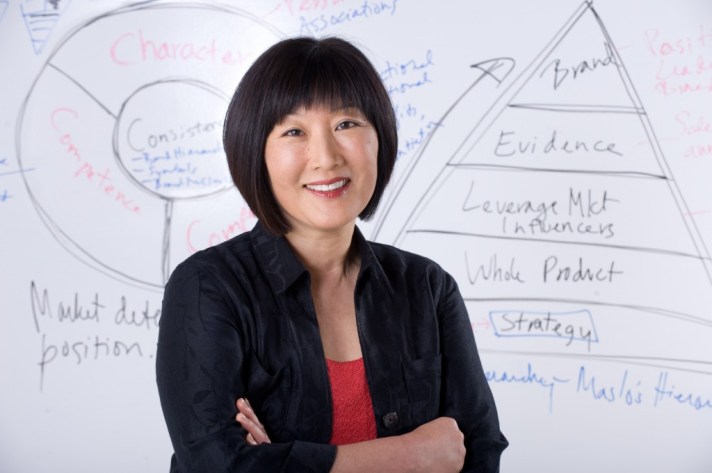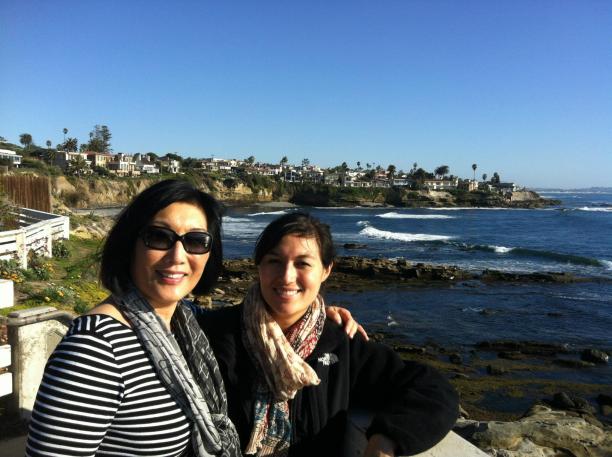Users beware: the marketing monsters are still lurking under your browser’s bed.
As many advertisers become frighteningly more tech savvy and as their relentless pursuit to own the ‘battle for context’ continues, the reality is that no law or governance system will truly be able to hold marketers back from finding, learning about and effectively reaching you. As Rebecca Greenfield at The Atlantic Wire best puts it, “There is now a fine line between cool and creepy”.
Whatever ethical views you share and wherever you think the line should be drawn for online advertisers, it’s indisputable that some of the strategies and innovations that our marketing contemporaries are producing are nothing short of remarkable and somewhat genius.
Here are just a few new strategies currently employed to keep you awake at night:
Fingerprinting
Browsers, by their very nature are designed to send and receive information. Depending on where you are, what resolution you have, what plugins you’ve installed, the fonts you use and what timezone you’re in is a factor that leaves an identifiable mark – a sort of ‘fingerprint’ that can be traced back to the various touch points you’ve engaged at.
With smartphones and tablets unable to support third-party cookies, many of the larger brands are looking towards fingerprinting as a means to monitor and track how users engage with their products across multiple devices.
Whilst a still relatively unsophisticated practice, fingerprinting is becoming widely popular thanks to its potential longevity – unlike cookies, you can’t erase it.
Conversion pixels and Facebook PMDs
Earlier this year Facebook rolled out new conversion tracking capabilities to all advertising accounts through the form of ‘conversion pixels’, which are simply snippets of code inserted in header tags of offsite webpages such as checkouts, landing pages and forms.
‘So what? Google has had conversion tracking for years!’ one may say… well, the real magic happens when we apply conversion pixels in conjunction with a Facebook Preferred Marketing Developer (PMD) platform.
Kenshoo is one such example of a popular PMD platform that uses Facebook conversion pixels in interesting and innovative ways. Specialising in ‘closed loop targeting’, Kenshoo leverages both social media and search engine data to track a user’s journey across multiple platforms and mediums – from a customer’s first impression to a Google search and final conversion while optimising massive volumes of advertisements along the way.
With conversion pixels at the heart of it, marketers who use such platforms can actually identify which consumers clicked through from Facebook, visited certain landing page, left, conducted a Google search two days later, returned to a new landing page and purchased your product.
This means that marketers can not only track when and how you bought something, they can now track your intent far more effectively than before.
Social profiling
Customer relationship management can sometimes begin before a customer relationship starts. Believe it or not, people are already gathering information from you from across the web using the multiple publicly available APIs from around the web whether you’ve engaged with them before or not. It only takes one sign from you – such as opting in with your email or phone number somewhere – to unlock all the secrets that surround your digital persona.
Facebook’s new features to target ‘Custom Audiences’ and create ‘Lookalike’ audiences began beta testing around March this year and so far has been a huge success for advertisers.
With custom audiences, brands can upload their existing email database to Facebook and serve targeted ads exclusively to their existing customers as well as identify if they’re actively engaged with them on social or not.
With Lookalike audiences, brands can upload a small list of their most lucrative customers to a secure, remote server and match them with Facebook’s 1.1 billion user database to help identify an entirely new list of potential customers that share common characteristics with their ideal audience.
These NSA like capabilities aren’t limited to big brands with deep pockets.
The Full Contact, for example is an online service that crowd-sources publicly available data sourced from social network APIs to serve up-to-date information about any prospect. Full Contact’s Person API, for example allows you to turn partial customer contacts (such as an email, twitter handle, Facebook id or phone number) into full contacts complete with up to date social profiles.
It’s all just the beginning
Despite new laws arising out of Europe and the United States around internet tracking, tech companies and large advertisers are already well ahead of what’s next. Our increasing interconnectedness, dependency on social profiles and growing digital media consumption will continue to drive key advertising innovations – and it isn’t slowing down.
—
About our contributor // Cameron Rambert is a Melbourne-based digital media and technology enthusiast with a background in startup commercialisation and digital strategy. Follow him @cameronrambert.










